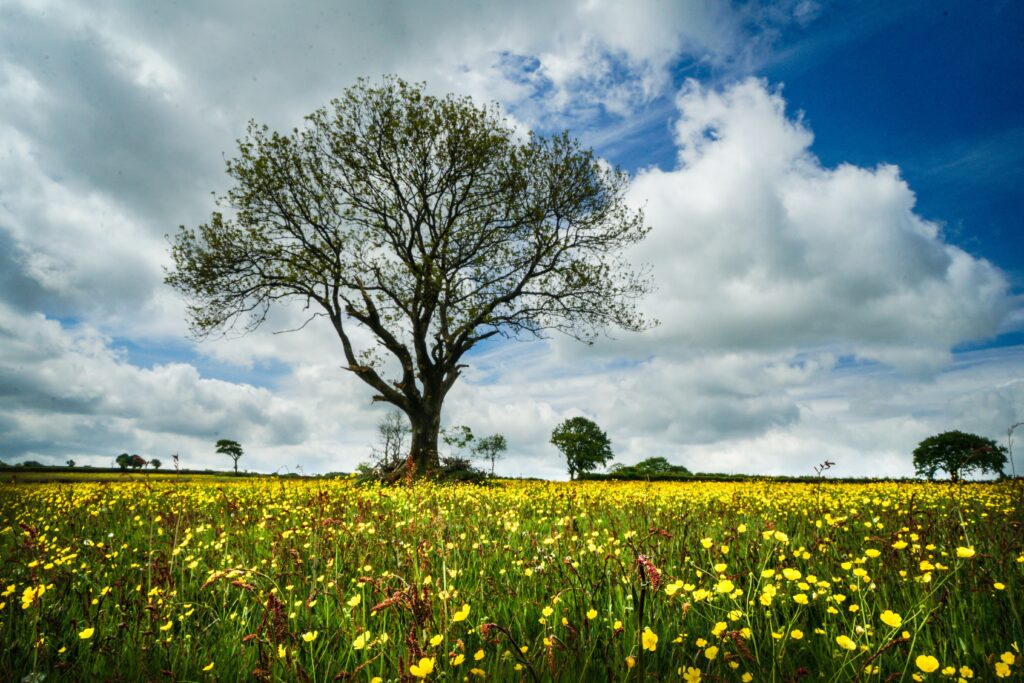Most of us see lots of trees every day – we’re super lucky to live somewhere with so much woodland and forestry around us. So, it can be surprising to learn that only 1% of families in the UK can identify which are the most common trees. We’re going to teach you just that!

Common Ash Tree
Often referred to as the ‘European Ash’ this is the most common tree that is native to the UK. It grows quickly and is strong enough to be used as a resource for construction – although it will eventually decay, unlike Oak.
The leaves of this tree are formed from distinguishable leaflets, growing in pairs except for the end one which is a single leaflet. In the winter months, you will see shoots that are tipped with tiny purple flowers.
Ash trees are a hardwood tree, meaning they can be used for firewood North Wales.
Aspen
The leaves of the Aspen tree are very large and rounded, edged with irregular teeth. By the leaf’s blade, the stalk becomes flattened and very flexible. This means that the leaves of this tree flutter in a different way from other trees.
Young leaves are copper in colour, turning green, and then yellow before falling. The best way to identify this tree is from the flattened stalks of the leaf (the petioles).
Silver Birch
The silver-white bark of this tree, as well as the drooping shoots, makes it favourable as an ornamental tree in gardens across North Wales.
The bark is the tree’s most defining feature if you were to try and spot one. It can range from silver-grey to off white. There has been known to be a relationship between the silver birch and the Amanita Muscaria (toadstool) mushroom too.
Sessile Oak
This tree is very valuable to North Wales both economically and ecologically. It once was used for high-quality ship builds, but now is used for luxury furniture and construction.
Oak leaves have a very distinct shape, their edges are known as an ‘undulate margin’. They are deep green with acorns. Their shape is very recognisable for those who are just beginning to identify tree species. Sessile Oak has all this without the acorns.
Sweet Chestnut
The easiest way to identify this tree is to look for the presence of Chestnuts. These are inside a spikey grey case, which is very distinguishable itself. The nuts are smaller than ones you’d find on a horse chestnut tree.